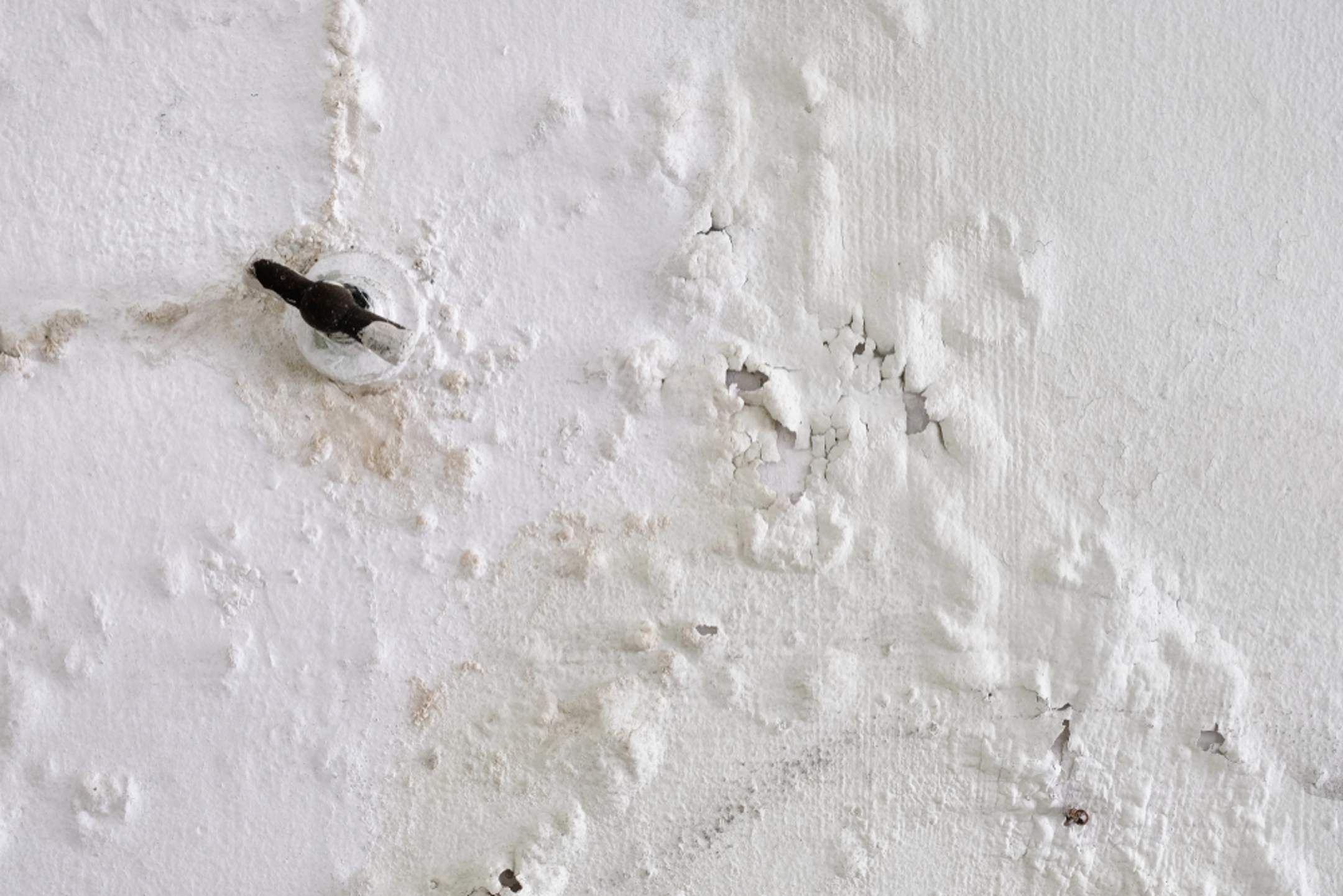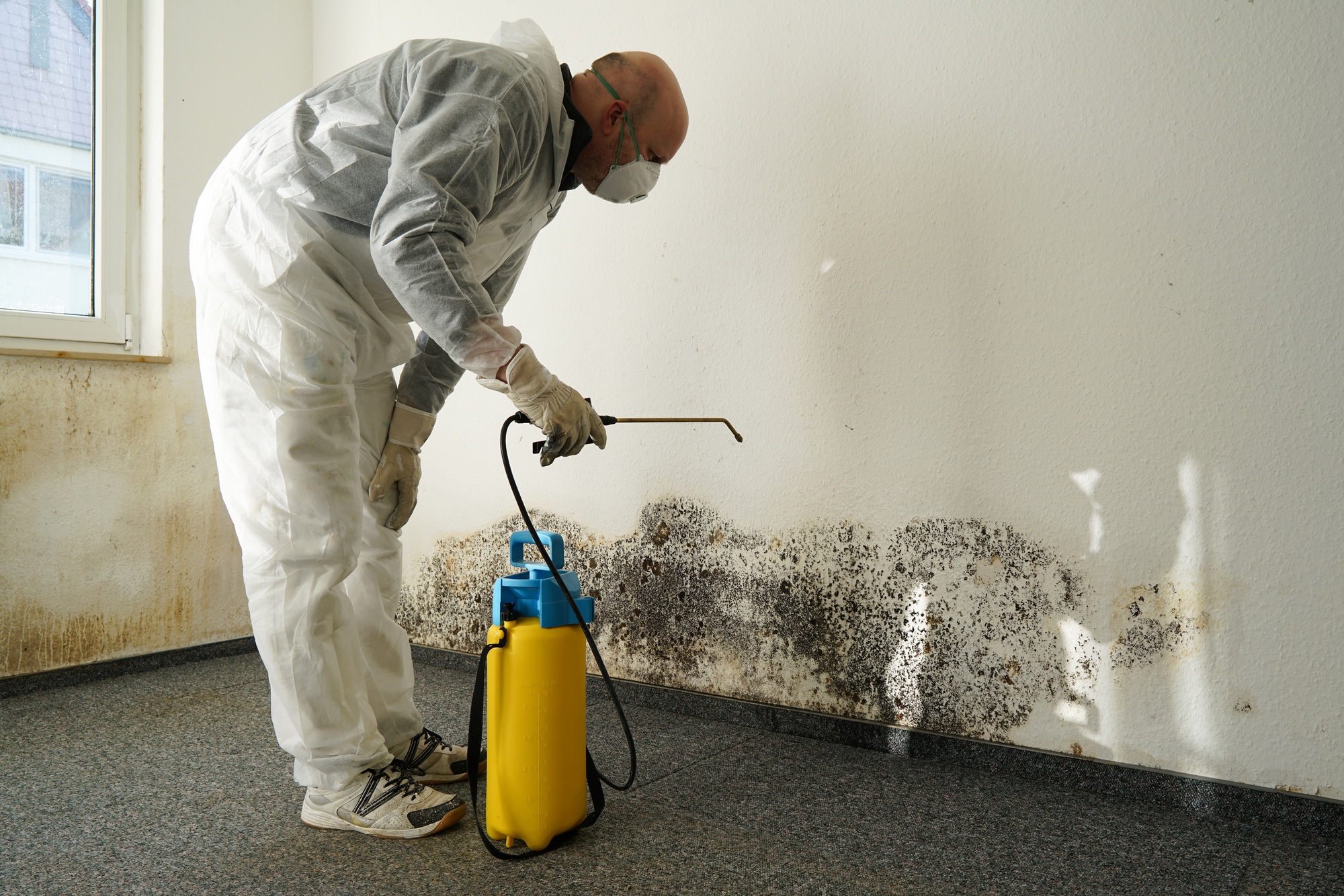The Refine of Water Damage Cleanup: Ensuring Your Home Is Brought Back Efficiently
Water damages can be a challenging challenge for house owners, demanding a meticulous and structured cleaning process to restore safety and performance. Originally, a detailed analysis is critical to determine the level of the damages and identify the suitable remediation procedures. Following this, efficient water removal techniques play a crucial function in minimizing additional damage. The subtleties of drying out, sterilizing, and eventual restoration are similarly important and commonly forgotten. Recognizing these phases can make a considerable difference in the outcome of your home's repair, prompting a closer appearance at what each action entails.
Analyzing the Damages
Upon discovering water damage, the very first step is to extensively evaluate the degree of the impact. This preliminary assessment is important, as it helps identify the necessary actions for efficient cleanup and remediation. Begin by examining the impacted areas, consisting of walls, ceilings, floors, and individual valuables, to determine the source of the water invasion, whether from flooding, leakages, or condensation.
Recording the damages is vital for both insurance coverage cases and intending restoration efforts - damage restoration services. Use photos and composed notes to capture the severity of the damage, keeping in mind any type of damaged architectural components and materials. Pay unique interest to locations that may not be immediately visible, such as behind walls and under carpetings, as hidden moisture can bring about additional complications, consisting of mold and mildew development
In addition, examine the timeline of the water exposure. Inevitably, a detailed analysis lays the foundation for a successful water damages cleanup procedure, ensuring that all influenced locations are resolved properly and thoroughly.
Water Extraction Methods

Specialists normally employ completely submersible pumps for larger volumes of water, which can rapidly ease flooding in basements or various other affected areas. For smaller sized quantities, wet/dry vacuums are typically used to remove residual wetness from carpetings and difficult surface areas. Furthermore, making use of portable extractors permits targeted elimination in restricted rooms or areas with fragile products.
In circumstances of polluted water, such as sewer or floodwater, advanced extraction techniques may include using biohazard tools to guarantee security and compliance with health guidelines. High-powered extraction devices are crucial in lessening water retention in architectural materials, which can bring about mold growth and architectural damage otherwise attended to immediately.
Eventually, the effectiveness of water removal methods plays a crucial role in the general success of the water damages cleaning process, preparing for succeeding restoration initiatives.
Drying and Dehumidification
Once standing water has been effectively extracted, the following important phase in the water damages cleaning process is drying out and dehumidification. This action is necessary to avoid more damages and mold growth, which can occur within 24 to 2 days in wet environments.
To achieve effective drying out, specialized tools such as industrial-grade air moving companies and dehumidifiers is employed. Air moving companies flow air throughout wet surface areas, their explanation improving evaporation rates, while dehumidifiers reduce humidity levels airborne, promoting a conducive environment for drying out. The mix of these tools makes certain that moisture is attracted out from wall surfaces, home furnishings, and floors, allowing them to dry completely.
It is very important to monitor the drying procedure very closely. Specialists commonly use dampness meters to analyze the dampness web content in different products, guaranteeing that all influenced locations reach acceptable dry skin degrees. This meticulous technique helps to avoid covert dampness pockets that might result in architectural damage or harmful mold and mildew growth.

Cleaning and Sterilizing
After the drying out and dehumidification phase is complete, the following essential action in water damages cleaning is cleaning up and sanitizing the Recommended Site influenced locations. This process is essential to avoid the growth of mold, germs, and other pathogens that grow in wet settings.
The cleaning phase generally includes eliminating any type of debris, dust, and contaminants from surfaces making use of specialized cleansing agents. For hard surface areas, a mix of soap and water or industrial cleansing products is frequently employed. Soft materials, such as furniture and carpets, might need much more substantial cleaning methods, consisting of steam cleaning or deep removal strategies, to make certain thorough cleanliness.

Disinfecting complies with cleaning, utilizing EPA-approved disinfectants to get rid of unsafe microbes. This step is important, specifically in locations that may have entered into contact with floodwaters or sewage, as these resources can position major health and wellness dangers.
Additionally, it is necessary to deal with any kind of continuing to be odors, which might need the usage of odor neutralizers or innovative strategies like ozone treatment. Appropriate cleansing and sterilizing not only bring back the safety and health of your home however also prepared for successful restoration and repair work in subsequent phases of the water damage clean-up procedure.
Restoration and Repairs

When the assessment is complete, remediation efforts can begin. Additionally, flooring might call for comparable interest, depending on the degree of water direct exposure.
It is essential to involve skilled reconstruction experts throughout this procedure, as they possess the expertise to deal with intricate repair services properly. Additionally, they can help reduce possible future problems, such as mold development or architectural instability, thus ensuring a habitable and safe living environment. Eventually, reliable remediation and repair work bring back the home's integrity and improve its general value.
Conclusion
To conclude, the process of water damage cleaning is critical for bring back a home to its pre-damage problem. Each phase, from evaluating the damages to executing effective water removal strategies, complied with by extensive drying out, sanitizing, and necessary repairs, plays a vital duty in guaranteeing safety and conformity with structure standards. Effective implementation of these steps not only mitigates prompt damage but additionally boosts the long-lasting honesty and water damage blowers worth of the home.
Water damages can be a complicated difficulty for property owners, demanding a organized and precise clean-up procedure to restore safety and functionality. Inevitably, a comprehensive analysis lays the groundwork for an effective water damage clean-up process, guaranteeing that all impacted areas are resolved properly and completely.
Reliable water removal methods are vital in mitigating damages and preventing more problems adhering to a water invasion occasion.In conclusion, the procedure of water damages cleanup is crucial for bring back a home to its pre-damage problem. Each phase, from assessing the damages to applying effective water removal techniques, adhered to by detailed drying, sterilizing, and needed repair work, plays a necessary duty in making certain safety and security and compliance with structure standards.